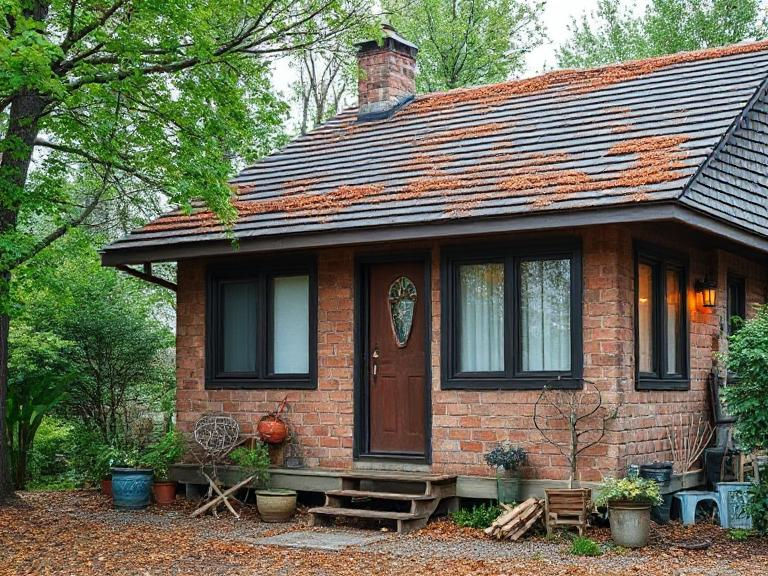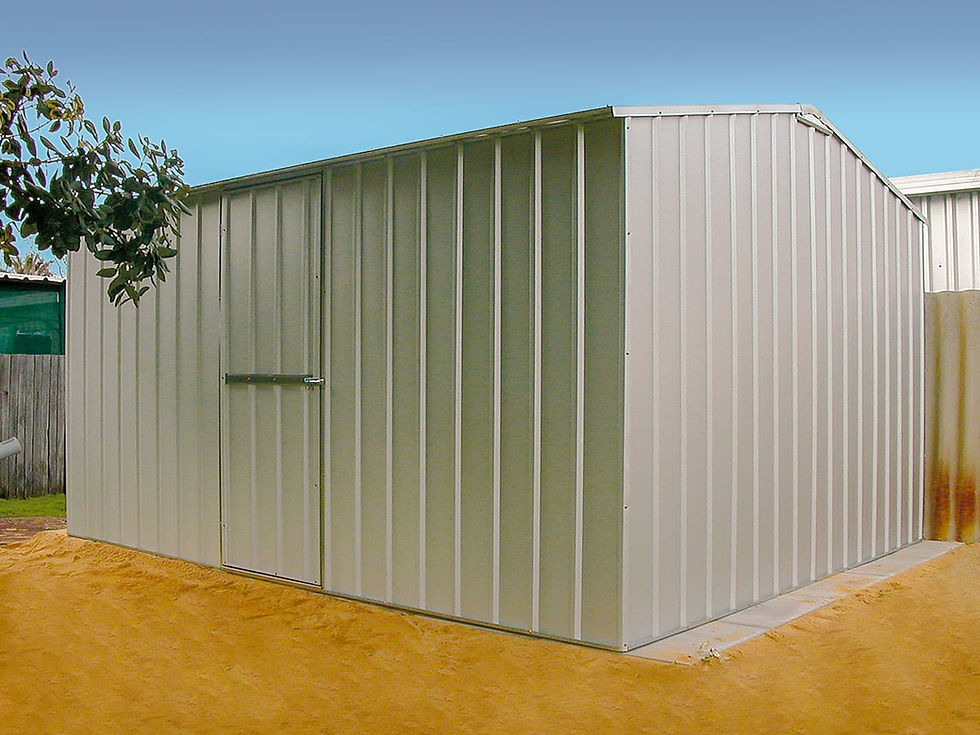Securing Your Home's Foundation: The Comprehensive Guide to House Restumping
- Joseph Webb
- Sep 13, 2025
- 4 min read

When was the last time you gave a thought to your house's foundation—that sturdy base that your home sits upon? Isn’t it intriguing that we often overlook this cradle of stability, reserving our attention for the more visible features? Could any of us fathom that much like the stuff within our walls, the very platform on which our abode rests also warrants consideration and, at times, a restoration? This brings us to an unemphasised yet critical aspect of home maintenance: house restumping.
Possibly, you're asking yourself, "What is house restumping?" or “Why should I consider it?” Well, allow me to satiate your inquisitiveness. House restumping, commonly known in some regions as re-blocking, involves the replacement or repair of stumps on which a house is built. It's not simply a matter of repair but of ensuring your house remains the safe and secure sanctuary you envisage.
In this comprehensive guide, we’re going to dissect the concept of house restumping. From understanding its importance and recognising warning signs to exploring the process and weighing its pros and cons, we aim to equip you with all you need to know about this invaluable aspect of home improvement.
Understanding the Importance of House Restumping
Our house, unequivocally, is much more than a physical structure. It's a haven, a space of emotional connection and countless memories. The essence of these sentiments remains intact as long as our home continues to stand strong. This is where our focus needs to shift towards house restumping.
A secure foundation is quintessential in ensuring the structural integrity of any building. Over time, natural ground movement, soil conditions, or even the material of the stumps can cause them to degrade, essentially destabilising your home. Restumping steps to combat such inherent issues, thereby promising continued safety and durability.
House restumping is not just about fixing a problem; it's about mitigating future risks. Your house's foundation is, predominantly, hidden from sight, but the consequences of its weakening are alarmingly visible and potentially dangerous. Cracked walls, uneven floors, and stuck doors or windows might very well be misinterpreted as aging signs when, in fact, they’re signals of an ailing foundation.
Recognising the Warning Signs
House restumping might sound invasive, but recognising early warning signs gets half the job done. The telltale signs usually manifest indoors—look out for unusually sloping floors, difficulty in opening and closing doors and windows, cracking plasterwork, or any unusual shifts in your home's alignment.
Locating these signs early on can save you ample time, unnecessary stress, and hefty financial burdens later, which may arise from extensive structural damages. Awareness about these cautionary signals gives you an upper hand in initiating proactive measures instead of reactive fixes.
Outdoors, a visual inspection of the stumps could also clear your doubts. Look for erosion, rotting, shifting, cracking, or even intrusion of pests. If you observe any of these, it's advisable to reach out to professionals for a detailed inspection. Ignoring these warning signs can lead to irreversible damage and higher restumping costs in the long run.
Grasping the Restumping Process
Once you've recognised the need for restumping, the next step is to familiarise yourself with the process. The first phase involves a thorough inspection by structural professionals who assess the extent of damage and decide the course of action. The second stage, the actual restumping, can involve either replacing all stumps or merely those that are faulty.
During this stage, houses are usually elevated with hydraulic jacks, and old stumps are replaced with new ones—these can be of traditional timber, concrete, or contemporary steel, depending on individual preferences and budget constraints. The last phase involves re-leveling the home and checking for any necessary repairs for doors and windows realigned due to restumping.
Approaching a house restumping process informed and prepared helps alleviate undue stress and always gives you an edge while interacting with professionals or while determining a probable budget.
Pros and Cons of House Restumping
While house restumping has definitive benefits such as enhancing structural safety, increasing property value, preventing future damages, and so forth, potential owners must be aware that it is both a time-consuming and cost-intensive process. Ensuring the service provider's credibility, deciding on stump material, or committing to a potentially invasive process may weigh on the con side.
That being said, the repercussions of not opting for restumping when it's due can include escalated repair costs in the future or, even worse, jeopardising the safety of the occupants. Like any significant decisions, weighing these factors against your current situation, long-term view, and financial standing is imperative.
Conclusion
In a nutshell, house restumping is an essential, albeit often overlooked, part of home maintenance and safety.
As homeowners, it’s our duty to remain vigilant to both the visual and underlying aspects of our abode. Recognising early signs of foundation deterioration can pave the way to necessary repairs, preventing major potential misfortunes.
As we weigh our options against the pros and cons, it’s important to remember that the house restumping process is not an everyday fix but a long-term investment into our home’s durability. The expense and inconveniences associated may deter some, but the promise of securing the bedrock of your precious dwelling—ensuring the safety and well-being of your loved ones—gives house restumping undeniable importance, making it well worth considering.
Secure in knowledge, secure in actions—let’s lay the path to a safer home by understanding and taking necessary actions when it comes to securing our home’s foundation. In the end, a stable home is a happy home!








Comments